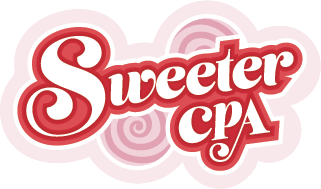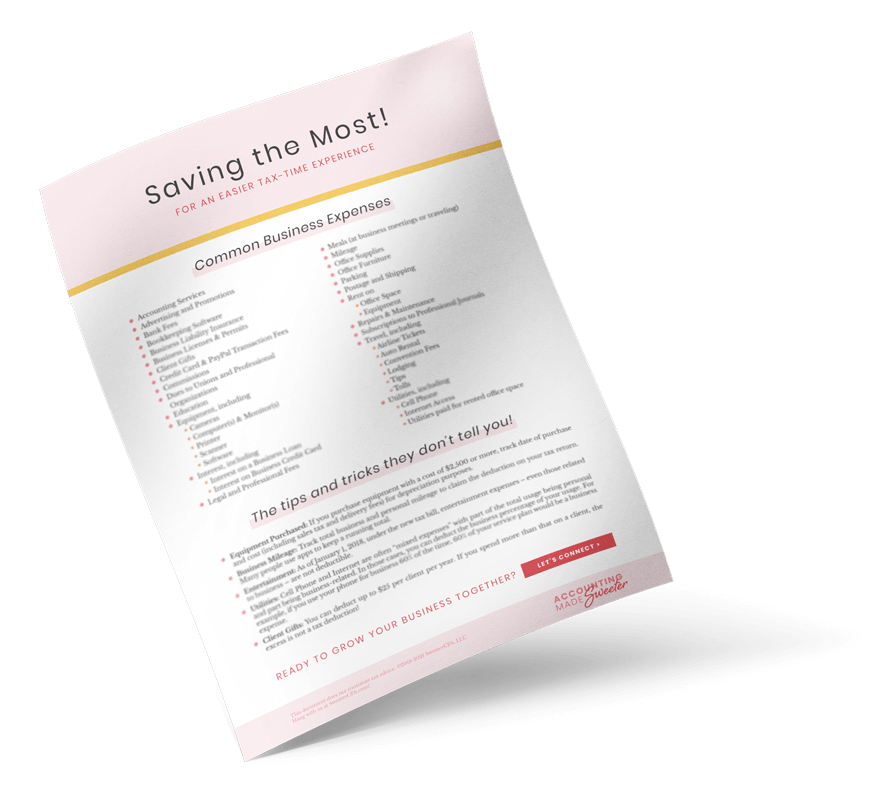WHO?
If you earn income from self-employment (i.e., in any way other than as an employee of someone else) you are required to pay estimated taxes each quarter.
Anyone who has ever been an employee of someone else has seen the amounts taken out of his or her paycheck for tax purposes. If you are self-employed, the responsibility of setting aside part of your income for taxes falls to you.
In most cases, you need to pay estimated taxes if you expect to owe at least $1,000 in taxes for the year after subtracting withholdings (if you moonlight in your dream profession while working a nine-to-five for someone else) and refundable credits. At the end of the year, the sum of your four quarterly payments should be at least 90% of what you actually owe for the current year or 100% of what you owed the previous year to avoid penalties.
Special rules apply for high income taxpayers (those whose adjusted gross income for 2011 was $150,000 or higher if married filing jointly), so consult your tax professional. In the end, it is your responsibility to make sure your tax situation is correct. Everyone’s tax situation can be different, so be sure you know the facts as they pertain to you.
HOW?
To get an idea of how much you owe, begin with your prior year return and adjust for changes in the tax law and/or your personal situation.
- Changes in tax law include enactment or expiration of tax credits and deductions that would impact your tax situation. For example, the standard mileage rate for business use of your vehicle can change every year.
- Changes in personal situation include events such as marriage, divorce, birth of a child, sale of significant personal property (such as a house), and other large life events that would change your tax status.
The IRS allows for two methods to calculate the amount you owe.
- The Regular Installment Method assumes your income comes evenly and regularly over the year. To determine quarterly payments, calculate your anticipated annual income and the taxes you will owe on that amount. Then, divide your tax liability by four and pay one-fourth each quarter.
- The Annualized Installment Method assumes your income is not as regular. Perhaps the product you sell is seasonal and you get most of your income around the Winter holidays. This calculation method allows for swells and inconsistencies in income and throughout the year. Check with your tax professional for more information about how to use this method.
If your state collects an income tax, it likely also collects quarterly estimated tax payments. Visit your state’s department of revenue website for more information about payment thresholds and procedures.
WHERE?
Individuals should calculate their federal estimated tax liability using the Form 1040-ES. While checks are always accepted, the IRS encourages taxpayers to pay online (note: the online payment system requires advanced registration, so go sign up now!).
WHEN?
Your estimated tax payments are due on the 15th of the April, June, September, and January. The January payment covers activity at the end of the prior year (so the payment due in January 2013 will cover September, October, November, and December of 2012). If the 15th is a weekend or holiday, the due date moves to the following workday.
If this all sounds overwhelming, take heart! You can avoid penalties by paying 100% of the taxes you owed last year. Dust off last year’s Form 1040 and look at Line 61. As long as you pay a fourth of that amount each quarter, you are all set. This is not the best method as it doesn’t take into account income fluctuation, but it’s the easiest way to stay on the right side of the IRS.



